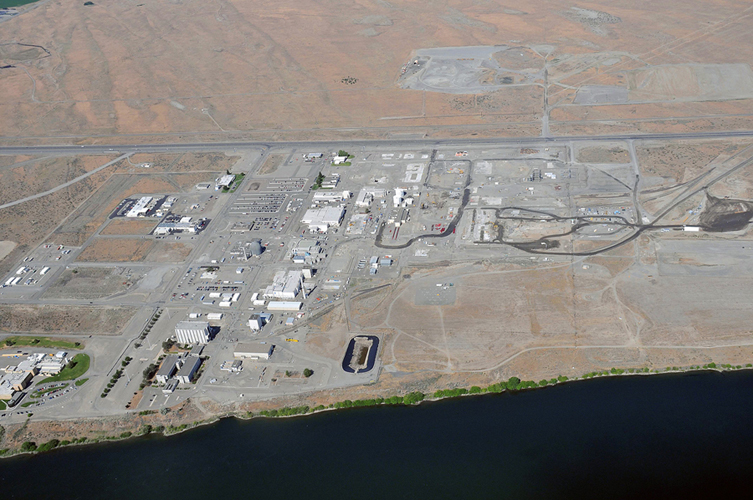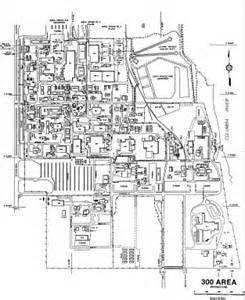Following the last meeting in July on the radium contamination at Magnuson Park, I was given to understand by the Washington State Department of Ecology (WSDOE) that the period for public comments was being extended to August 31st. However, I found out last Saturday that the Navy’s period for public comments had quietly ended the day before on July 26th. The WSDOE has shown reluctance to challenge the Navy and it looks like the Navy may just proceed with its original plan.
There has been a lot of confusion over the past few months about who has the ultimate authority at Magnuson Park. It appears from Federal and State laws that WSDOE has to sign off on the cleanup. From what I have been told at the meetings I attended, WSDOE does not have the ability or maybe just the will to prevent the Navy from proceeding with their original plan absent environmental impact statements and other documents required by law or regulation. After the current cleanup is executed, WSDOE can go to the Navy and say that they have not done enough. Whether or not the Navy would respond with further work, only the future knows.
The Navy has not investigated the gravel and soil around the drain pipe from the radium room. They have checked the pipe to the point where it enters other pipes that are in use and they claim to have found no radioactive contamination. However, it turns out that there are Navy records of tests on the drain pipe that do show radioactive contamination. They say that they couldn’t investigate the rest of the pipe out to Lake Washington because it was still in use and full of water. The drain pipes are surrounded by gravel to allow drainage at flanges between the sections of pipes. Water flowing through the pipes would carry most contamination away but contaminated water that leaked into the gravel would not move quickly through the soil so it should concentrate any contaminants near the pipe. There has also been no testing of the soil at the bottom of Lake Washington where the pipe system drains into the lake at the boat dock and swimming area. The excuse given was that rocks had been dumped on the bottom and that made it very difficult to suck up silt for testing. There is also the problem of hot spots of strontium and cesium at the park. The Navy has no idea of where they came from and I have not heard of a plan to clean them up.
The Navy has made reference to the US Department of Energy (USDOE) and the Environmental Protection Agency (EPA) cleaning up of part of the Hanford Nuclear Reservation to a level of fifteen milliRems in justifying its plan to clean up Magnuson Park to 15 milliRems. That could result in almost one extra cancer per one thousand park users from long term exposure. Apparently the Navy is not aware that the public was told in the recent Hanford 300 Area briefing in Seattle that the USDOE and EPA no longer considered the fifteen milliRems level to be safe for public use areas. The Federal standard is one cancer per ten thousand people and the WSDOE standard is one cancer per one hundred thousand people.
The Navy has been displaying arrogance, a reluctance to share important information and a distinct lack of concern for Federal and State laws and regulations concerning such cleanups. Let us hope that the WSDOE holds the Navy to a higher standard in the cleanup of Magnuson Park than the Navy hold itself.



